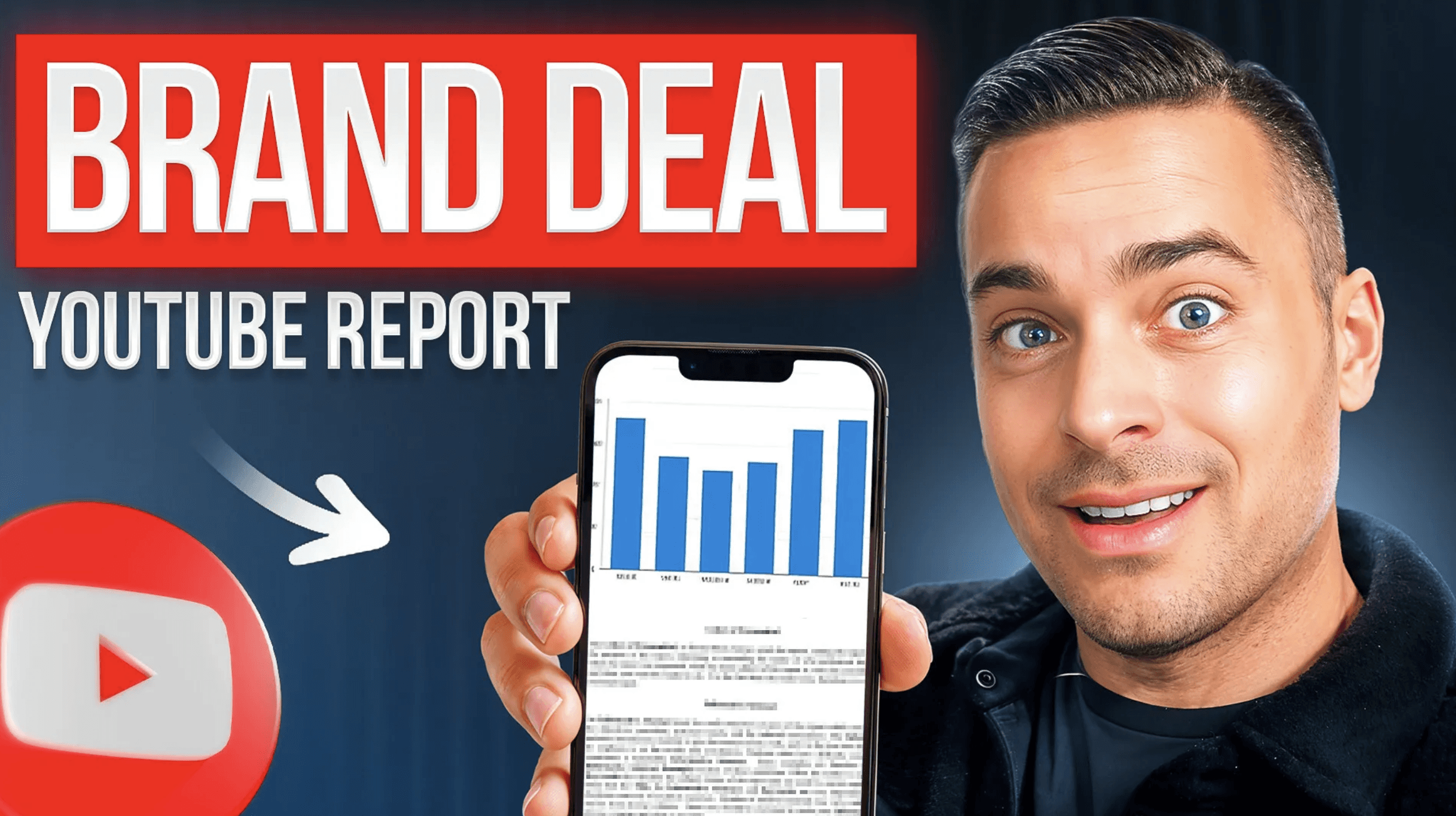
The Creative Brief Checklist: 4 Must-Have Elements
A creative brief should be a simple 1-2 page document provided by a brand or agency that outlines everything you'll need to know to start production.
I say "should be" because many brands have never created a brief before or are skeptical of its necessity.
Some brands will even complain it will slow down the partnership process.
Resist the temptation to let them off the hook.
Creating a brief will force the brand to regroup internally and be more thoughtful about what they expect you to deliver.
The best briefs have four primary ingredients:
Key messages or talking points (3-4 bullets max)
Mood boards or visual brand guidelines
One call-to-action (not multiple)
DOs and DON'Ts section

Key Messages
While many brands will be unfamiliar with briefs, others will be too familiar, stuffing them with 20 bullet points on the company's 200-year history plus 15-20 additional talking points.
It's your job to explain that robotically regurgitating irrelevant brand trivia to your audience will result in pushback.
Instead, ask them to highlight the 3-4 most important elements to include so your integration can be concise and potent.
This is especially important for in-person or virtual events where the sponsor will be integrated into the programming.
Mood boards or visual brand guidelines
Sometimes it's hard for brands to articulate the "vibe" they're going for with the partnership.
Requesting they provide example "mood board" imagery or videos will help you know right off the bat whether your creative direction will resonate.
Call-to-action (CTA)
It's tempting for brands to request you instruct your audience to do multiple things:
"Follow us on social media!"
"Download our whitepaper!"
"Scan this QR code to get 10% off!"
The problem with this is, when instructed to do multiple things, most people in your audience will do nothing. Heck, you probably got so tired trying to find a TV show to watch amongst 1,000 options that you gave up and started reading this article instead!
Great choice, by the way.
Asking the brand to pick the most critical CTA they want you to make (which should almost always be tied to the primary campaign objective) will ensure your audience knows exactly what to do.
To make your case extra convincing, cite research by Wordstream that found emails with a single CTA (vs. multiple or none) increased clicks by 371%.
DOs and DON'Ts
Despite their best efforts, brands regularly omit critical details of what they expect you to do.
Thankfully, omissions can usually be added or fixed without much extra work.
However, the more dire situation is when brands forget to tell you things they don't want you to do.
Especially if you're not familiar with the brand, product, or service, it's easy to misrepresent something accidentally.
Ask the brand to clarify the following:
What's the proper way to pronounce the brand/product name?
Can you provide a phonetic spelling?
What's the appropriate way to showcase the product/service?
This is especially important for tutorial or event partnerships
Can you share common questions or concerns you've gotten when other partners activated?
This allows you to address these proactively
How would you like me to handle negative responses or comments related to the post or product online?
Delete? Reply? Moderate?
Is there anything NOT covered in this brief that the brand is particularly sensitive about?
When April and I asked one agency this, they said, "Please don't wear ripped jeans when filming. The brand hates that." (She was planning on wearing ripped jeans when she filmed the next day…GOOD TO KNOW).
Can you send published examples the brand loved from other partners?
This will give you an idea of what the brand has already approved
Here's an example of a DOs and DON'Ts section from a real Creative Brief we received:
Do:
Use language you would normally use on your own channels
Focus on aspects of your personal life that fans will appreciate access to
Stay positive and upbeat, and feel free to be yourself
Let your personality shine through
Share posts on [Partner/Advertiser] provided specific dates and times
Don't:
Share posts outside of Advertiser approved posting hours
In general, refrain from negative comments about Advertiser industry
Feature alcohol or drugs or any other illegal activities or substances
Be overly sarcastic, bordering on mean
Feature competitor products, logos, or names in copy or creative
Share any posts that aren't Advertiser-friendly in nature, risqué in any way, or include profanity
Use third party regrams, drawings, GIFs and Memes
Use trademarks not approved by Advertiser in content or copy (i.e. other brand names, movie titles, songs, etc.)
Change Advertiser approved video, photo, or copy in any way, including adding filters or cropping content
Engage or respond to negative fan comments
Directly target children under the age of 18 within the Content
The main takeaway should be that every brand has different sensitivities, and overlooking a single item could result in a reshoot, revision, or even termination of the partnership.

Get the ongoing support you need to set win-win pricing, submit spellbinding proposals, and negotiate like a pro.











